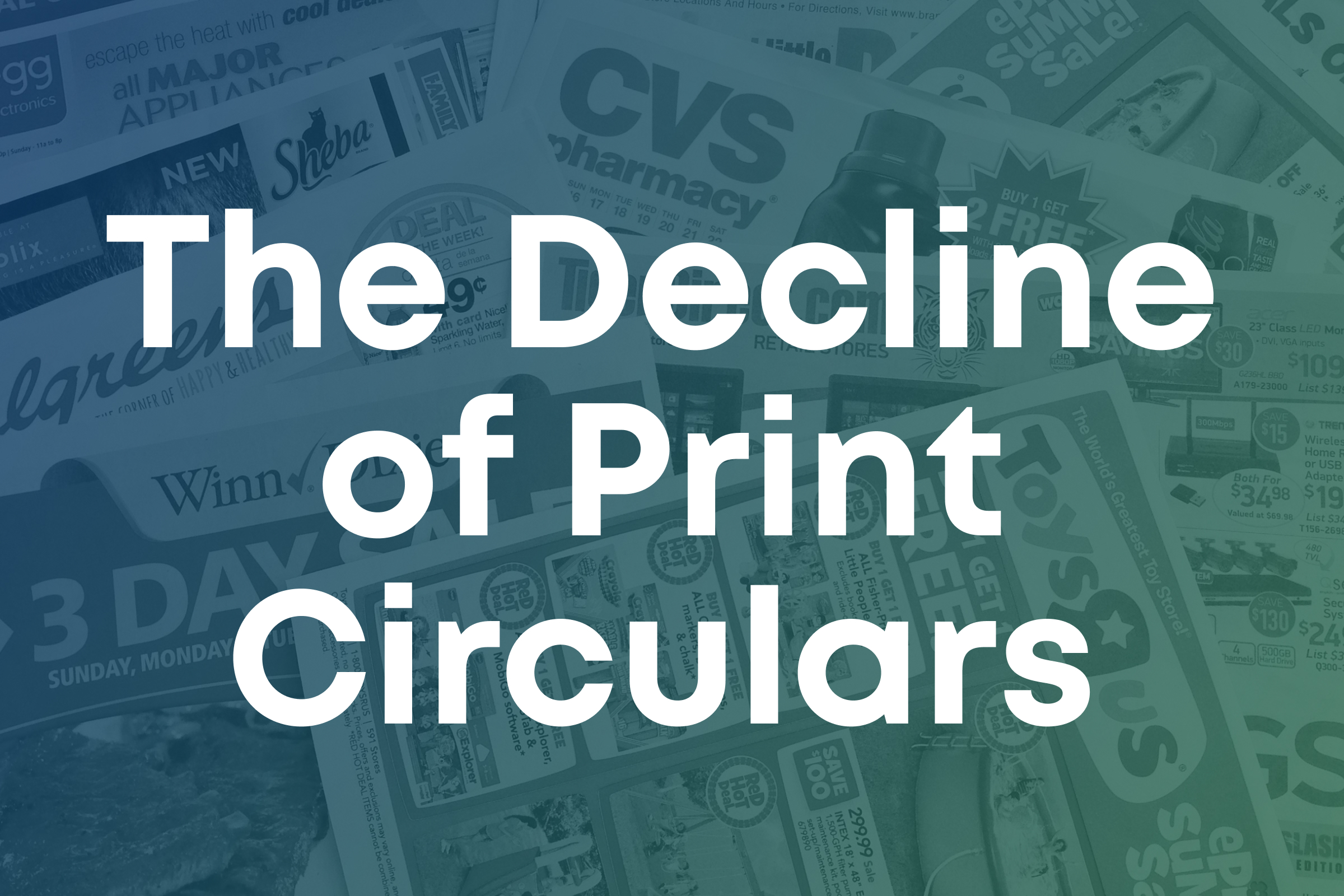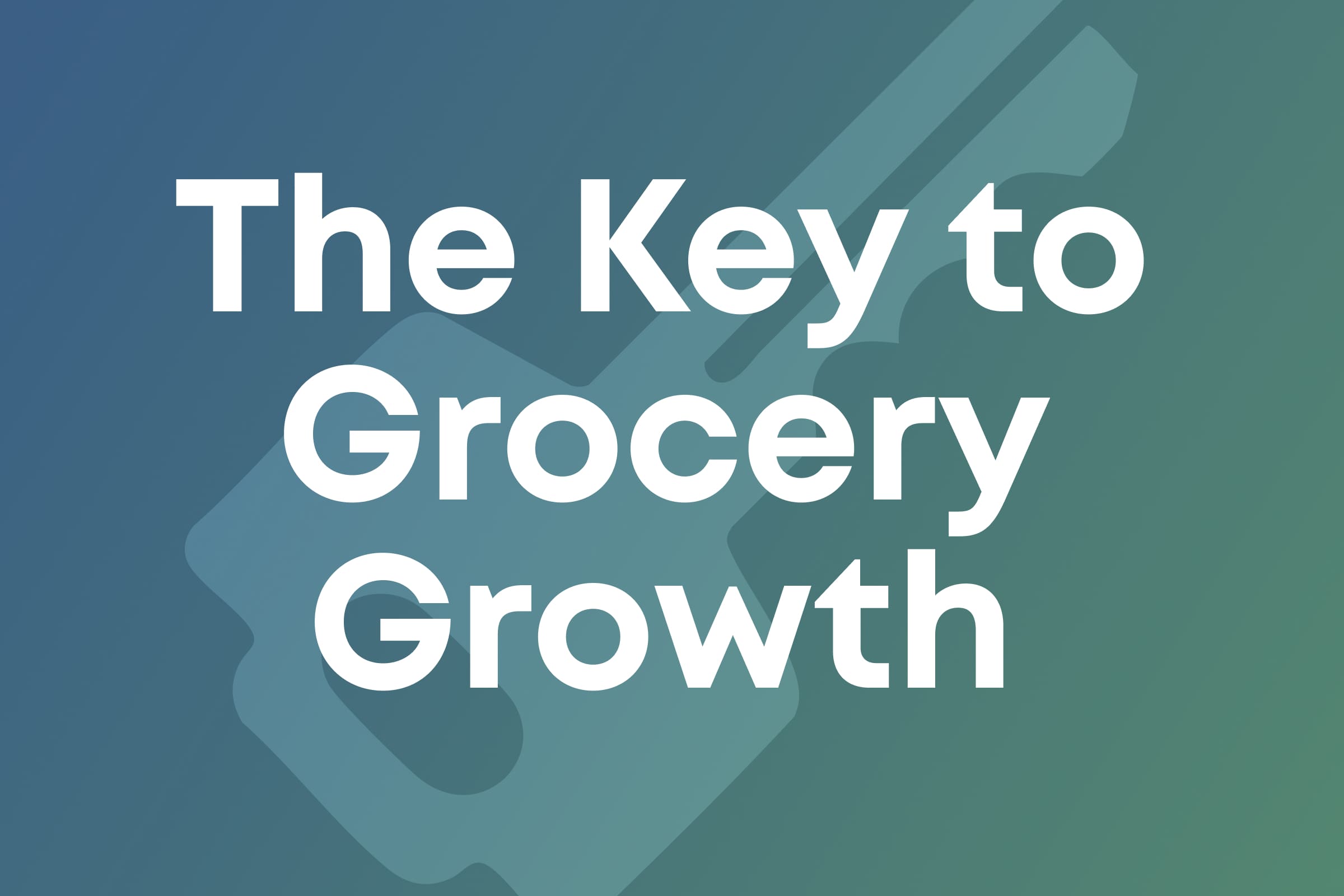A 2022 Digital Retail Media Year in Review
Henry Kim
The “new normal” of retail’s post-pandemic landscape continues to take shape in 2022. Over the last two years, consumers shopped online in record numbers and expressed eagerness to buy products from every category like never before. However, as we near the end of 2022, consumer spending has become even more selective, impacting retailers in many ways.
The most successful retailers remain agile and perceptive to shifting consumer behavior and needs. Challenged with smaller average basket sizes, less frequent shopping trips, and excess inventory, retailers have to work harder to sustain consumer loyalty—by focusing on savings, loyalty programs, and innovations that offer personalized convenience. Businesses that pursued an omnichannel retail strategy and embraced digital retail media technology fared the best.
What follows is a look back at the defining retail trends of 2022 and a look forward at the lessons that can guide retailers into 2023.
Retail Challenges Persist Into 2022
2022 wasn’t an easy year for retailers. Consumers have grown accustomed to conveniences like retail apps, and near-instantaneous delivery services. Meanwhile, retailers and CPG brands alike find it more difficult to deliver on these promises, given increased shipping costs, labor shortages, and supply chain issues.
Do any of these common retail challenges in 2022 sound familiar to you?
- Record high inflation - This summer, inflation hit a 40-year high of 15%, driven largely by rising food and fuel costs. In October, year-over-year inflation reached 7.7%—the lowest it’s been since January. Analysts hope that the worst is over and Americans will see an end to devastating price hikes soon.
- Supply chain challenges - Large enterprises encountered difficulty with supply-and-demand planning, product availability, and warehousing, while smaller stores struggled with operations and transportation rates on top of it all. First-party data and technology are essential to help retailers maintain visibility.
- Labor shortages - COVID-19 had a profound impact on the labor market, which we’re still seeing two years later. Workers are more discerning about the jobs they’ll take and want higher pay. Some workers passed away, retired, or left the labor market to assume caregiving duties.
- Soaring gas prices - This year, gas hit an average of $4.90/gallon—the highest rate in history. The war between Russia and Ukraine continues to drive up gas prices. And higher gas prices mean higher transportation costs for retailers—not to mention fewer consumer trips to the store.

Impact of Retail Challenges
Global pandemics, environmental disasters, and overseas wars all have a tremendous impact on the macroeconomic climate all of us operate in—and yet, these factors are largely outside of a retailer or CPG brand’s control. The best we can do is decrease the risk of disruption by becoming more flexible to pivot along with the market shifts and to consider ways of becoming more profitable so we can absorb more shock.
Whether you’re a retailer or CPG brand, you’ve likely felt the impact of 2022’s retail challenges—from inflation and supply chain disturbances to surging costs and labor shortages—in more than one way.
Trickle-down Retailer Challenges
Retailers feel the pressure to keep fresh inventory stocked in the proper amount at the right price. This basic goal is complicated by increased operating costs and diminished sales returns. Here’s the reality for retailers, in 2022:
- Inventory issues - At scale, excess inventory can be an expensive headache. As CNBC noted in November: “Retailers are under pressure to clear out inventory and start fresh in the next fiscal year. Balancing inventory has taken on additional urgency, as economists warn of dwindling savings accounts, rising credit card debt and the risk of a recession.” As a result, shoppers can expect big bargains on their holiday shopping items—at the expense of retailer profits.
- Increased operating costs - In 2022, retailers continue to experience rising costs across the board—for raw materials, labor, packaging, transportation, and distribution space rental—making it difficult to keep up. While the Targets and Walmarts may be able to take the profit hit, razor-thin profit margins give most retailers no choice but to raise prices and pass the buck onto consumers.
- Changes in consumer behavior - People are back to work, but experiencing financial pressure from the price hikes. As a result, consumers are more discerning than they were last year. As Liza Amlani, founder of Retail Strategy Group, told the New York Times: “The last two years [were] great for retailers because consumers were buying everything they had to offer. They just can’t do that anymore. You have to understand what the consumer wants—now, more than ever.”
A big box retailer like Walmart or a major e-commerce player like Amazon may be able to play the long game by keeping prices artificially low and absorbing short-term losses. But a small or medium-sized business faces bankruptcy, acquisition, or closing up shop unless they can solidify CPG partnerships, strengthen customer loyalty, and innovate to prove their worth in a changing marketplace.
Trickle-down CPG Brand Challenges
CPG brands face uncertainties on where to peddle their products—whether online, in store, or both. They know that delivering the right message to the right person at the right time is crucial, but it’s becoming harder to do just that. Somehow they must stay one step ahead of consumer sentiment, devise the right product assortment and pricing structure, and find new ways to collect and use shopper information amid increasing consumer privacy regulation. For CPG brands, 2022 challenges mean:
- Opportunities to sell online - Over one-third more Americans (36%) now do their grocery shopping almost exclusively online due to cost and convenience. Retailers that take advantage of endless aisle and drop ship partnerships that can ship direct-to-home stand to benefit from this trend. For any retailer, a robust online presence is a must-have, rather than a nice-to-have.
- Retail media for exposure and reach - The average CPG brand spends one-fifth of its marketing budget on retail media network advertising. They use this form of personalized marketing to achieve specificity and scale. Beyond access to valuable first-party data, digital retail media networks offer brands an easier way to tie (online and offline) sales back to ad exposure, as well as greater access to late funnel shoppers at the point of purchase.
- Loyalty and personalization - Personalized CPG products allow brands to form deep, meaningful relationships with their shoppers—ultimately building loyalty. The results are clear: nearly 75% of US consumers tried a new shopping behavior in response to poor personalization, and 40% switched brands. In fact, the brands that excelled at personalization generated 40% more revenue than industry competitors. Retailer media solutions that address individual habits and preferences lead to proactive pricing, inventory management, and customer retention.
CPG brands will find the right mix of exposure by strengthening partnerships with retailers who have invested in digital retail media tools that can deliver their message into the hands of consumers when they are near the point of purchase. By combining reward programs with retailers, CPG brands can clear out excess inventory while maximizing consumer savings in a way that breeds loyalty.
Digital Retail Media Trends Reflect Change
In response to the maelstrom of challenges that persist through 2022, it’s been “do or die” with regard to digital transformation. Retailers can no longer afford to drive in the slow lane of change when the masses are developing their own retail platforms. Digital retail media has allowed retailers to benefit from new revenue streams powered by CPG brand dollars. It’s also given CPG brands access to consumer data and the opportunity to reach shoppers in-aisle, where decisions are made.
The bold and agile retailers capitalized on 2022 trends such as:
- The rise of omnichannel retail strategy - This year, more than half of all retailers will invest in tools that allow them to sell anywhere. Businesses that lag in omnichannel capabilities could be missing out on up to 30% of their potential annual revenue. On the other hand, when consumers use 3+ channels to shop, their order rate increases by 494% and their spending is 10x higher than single channel customers.
- Launch of The Instacart Platform and its alternatives - Companies that once profited heavily from pandemic era changes in consumer behavior must pivot to sustain their revenue. The Instacart Platform—which combines e-commerce, fulfillment, smart cart technology, retail media ads, and data insights—exemplifies the bold strategies the middlemen take to survive. As a result, retailers risk becoming increasingly dependent on their partnerships with these third parties—unless they take action to invest in customizable retail media solutions that they own and control themselves.
- Industry consolidation - Given the lack of industry standardization, third-party players are likely to undergo a series of mergers and acquisitions, given the explosive growth of retail media. Ad revenue is forecast to grow nearly 15% this year to $101 billion, with continued growth to $160 billion by 2027. Proposed deals like the Krogers-Albertsons merger indicate the future of retail media could slip into the hands of a few—unless retailers commit to building and maintaining their own digital retail media infrastructure.
What is Ahead in 2023?
We’ve learned several lessons from 2022’s challenges to guide us through the new year:
- We need better partners to thrive. The coming year is all about retail partnerships—but not necessarily the partnerships that have worked in years past. As delivery companies look to offset losses by expanding their business offerings, more retailers will look to turnkey retail media solution providers to increase capabilities while remaining largely independent.
- We need greater data and access to secure consumer loyalty. To address challenges head-on, retailers will continue the shift toward digital transformation, in search of mobile-first tools to strengthen their omnichannel retail strategy and sustain long-term customer loyalty. Retailers and CPG brands can use digital retail media channels to collect closed-loop consumer data and deliver engaging, customized content.
- We need new revenue streams to reduce risk. Retail media solutions allow companies to replicate the successes of dominant players without building tech stacks from scratch. Though retail profit margins can be razor thin, ad revenue produces higher margins that are less directly impacted by shifting consumer demands and macroeconomic pressures.
- We need to keep up with digital transformation. Not only will the victors of 2023 gather data to market to individuals more effectively, but they’ll also set up a framework that can integrate their loyalty programs and apps with emerging ad tech like social and CTV selling platforms.
A recent study released by IAB Europe and Microsoft found that 90% of retailers plan to double down on digital retail media strategies over the coming year. Analysts forecast sustained double-digit growth in retail media networks in 2023, as two-thirds of retailers are happy with retail media successes so far and another 50% are still scaling their endeavors.
Prepare for 2023 with Swiftly
Retail media will remain a must-have technology that allows retailers to extract first-party data, retain control over the customer experience, and strengthen ties with brand advertising partners. Contact Swiftly for retail media solutions that will take your company to the next level in 2023.





